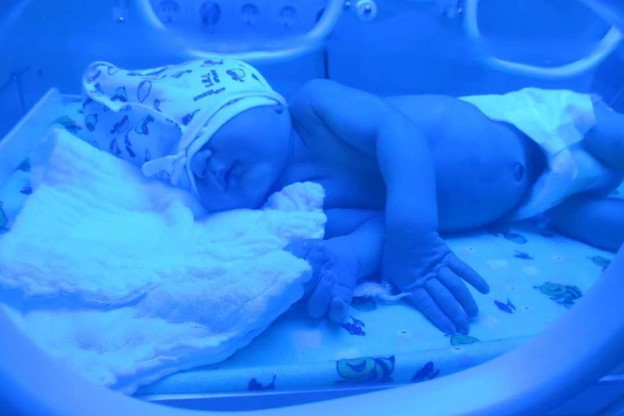A nurse is caring for a client who has preeclampsia and is receiving magnesium sulfate.
Which of the following clinical findings should the nurse instruct the client to report?
Increased muscle weakness.
Increased fetal movement.
Increased respiratory rate.
Increased urinary output.
Increased urinary output.
The Correct Answer is A
Magnesium sulfate is used to prevent seizures in women with preeclampsia.
However, taking too much magnesium can be life-threatening to both mother and child.
In women, one of the most common symptoms of magnesium toxicity is muscle weakness12.

Choice B is not an answer because increased fetal movement is not a symptom of magnesium toxicity.
Choice C is not an answer because increased respiratory rate is not a symptom of magnesium toxicity.
Choice D is not an answer because increased urinary output is not a symptom of magnesium toxicity.
Nursing Test Bank
Naxlex Comprehensive Predictor Exams
Related Questions
Correct Answer is A
Explanation
Baked chicken is a food that the nurse should recommend for a client who is at
32 weeks of gestation and has cholelithiasis to include in her diet.
Eating healthy fats, like those found in lean meats such as chicken, can help the gallbladder contract and empty on a regular basis.

Choice B is incorrect because French fries are not a food that the nurse should recommend for a client who is at 32 weeks of gestation and has cholelithiasis to include in her diet.
Unhealthy fats, like those often found in fried foods, should be avoided.
Choice C is incorrect because whole milk is not a food that the nurse should recommend for a client who is at 32 weeks of gestation and has cholelithiasis to include in her diet.
Unhealthy fats, like those often found in whole milk, should be avoided.
Choice D is incorrect because a bacon cheeseburger is not a food that the nurse should recommend for a client who is at 32 weeks of gestation and has cholelithiasis to include in her diet.
Unhealthy fats, like those often found in bacon and cheeseburgers, should be avoided.
Correct Answer is C
Explanation
During phototherapy, one or more lights will be placed above the newborn.
The newborn will be undressed except for a diaper and placed on their back to absorb the most light.
Eye covers will be used to protect their eyes from the light.

Choice A) is not correct because glucose water is not mentioned as necessary during phototherapy.
Choice B) is not correct because the newborn should be undressed except for a
diaper during therapy.
Choice D) is not correct because applying lotion to the newborn’s skin is not mentioned as necessary during phototherapy.
Whether you are a student looking to ace your exams or a practicing nurse seeking to enhance your expertise , our nursing education contents will empower you with the confidence and competence to make a difference in the lives of patients and become a respected leader in the healthcare field.
Visit Naxlex, invest in your future and unlock endless possibilities with our unparalleled nursing education contents today
Report Wrong Answer on the Current Question
Do you disagree with the answer? If yes, what is your expected answer? Explain.
Kindly be descriptive with the issue you are facing.
